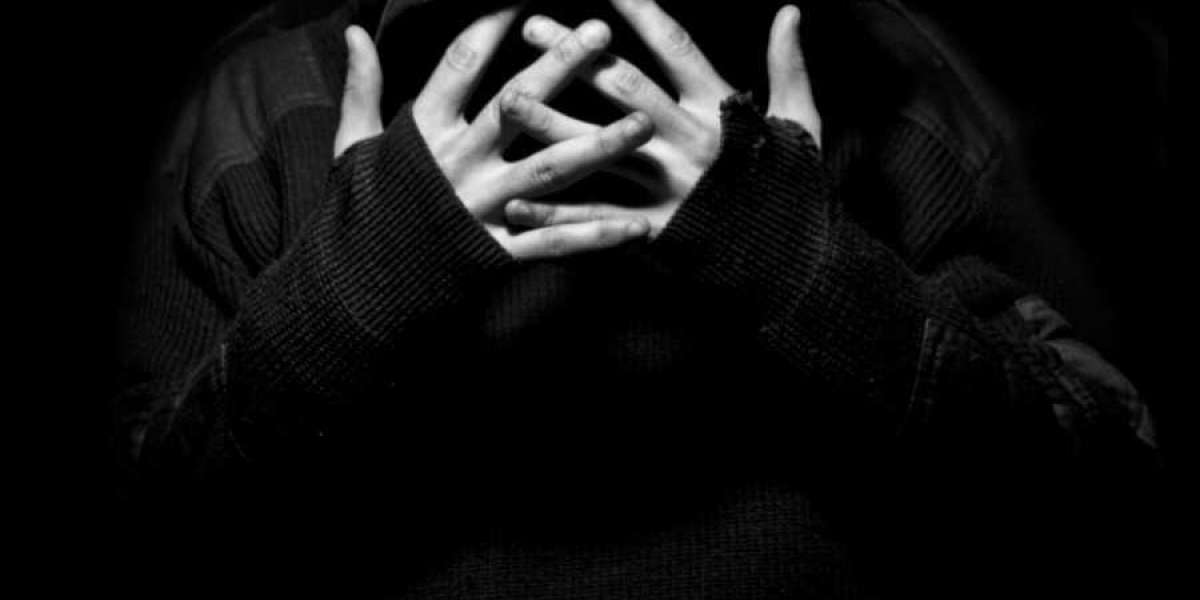Artificial turf manufacturing has revolutionized the way sports fields, landscapes, and recreational areas are designed and maintained. The process behind producing high-quality synthetic grass involves a detailed and meticulous series of steps, from raw material sourcing to final installation. Turf Titans, a leader in artificial turf innovation, is dedicated to providing superior synthetic turf solutions for a wide range of applications, ensuring durability, functionality, and aesthetic appeal.
The Evolution of Artificial Turf: From Innovation to Industry Standard
Artificial turf has come a long way since its inception in the 1960s. What began as a simple solution for sports fields has evolved into a sophisticated product, catering to not only athletic venues but also residential lawns, commercial properties, and urban spaces. Over the years, advancements in manufacturing technologies and materials have significantly improved the quality, look, and performance of artificial grass. Today’s synthetic turf mimics the appearance and feel of natural grass while offering the benefits of reduced maintenance, durability, and water conservation.
Key Materials Used in Artificial Turf Manufacturing
The manufacturing process of artificial turf begins with high-quality raw materials. The primary components include:
- Polyethylene (PE): This is the most common material used for artificial grass fibers. It is durable, soft, and UV-resistant, making it ideal for applications where the surface needs to withstand heavy use and harsh weather conditions.
- Polypropylene (PP): This material is often used in turf backing and some fiber types. It is less durable than polyethylene but is cost-effective and provides sufficient strength for certain uses.
- Nylon: Known for its strength and durability, nylon is used in high-traffic areas such as sports fields. It has a higher resistance to wear and tear but is generally more expensive than other materials.
- Backing Materials: The backing of artificial turf typically consists of a two-layer system made of latex or polyurethane. This provides strength, stability, and drainage. The bottom layer ensures that water drains through the turf efficiently, preventing puddles and promoting quick drying.
The Artificial Turf Manufacturing Process: A Step-by-Step Breakdown
1. Extrusion of Turf Fibers
The manufacturing of artificial turf begins with the extrusion process, where raw polyethylene or polypropylene pellets are heated and forced through a machine to form continuous fibers. These fibers are then cooled and cut into specific lengths to resemble blades of grass. During this step, manufacturers can adjust the texture and appearance of the turf by varying the shape, thickness, and color of the fibers. This is an essential stage in determining the overall look and feel of the final product.
2. Tufting and Stitching
Once the fibers are prepared, they are tufted into a fabric backing. This process involves inserting the fibers into a durable backing material using specialized tufting machines. The tufting process ensures that the synthetic grass fibers are securely embedded, allowing them to withstand heavy foot traffic and environmental elements. The density of the tufts, as well as their height and alignment, can be customized based on the intended application, whether it’s for a sports field, residential lawn, or landscaping project.
3. Coating and Sealing
After tufting, the turf goes through a coating process. A layer of latex or polyurethane is applied to the back of the turf to secure the fibers in place and create a stable structure. This coating also provides waterproofing and enhances the overall durability of the artificial grass. The sealant helps to prevent the fibers from shifting, ensuring that the turf maintains its appearance and functionality over time.
4. Dyeing and Coloring
To achieve the natural look of grass, the fibers are often dyed in various shades of green. Advanced dyeing techniques ensure that the color is long-lasting and resistant to fading, even under direct sunlight. The combination of different shades of green, along with lighter brown or tan fibers to simulate thatch, enhances the realism of the turf. The colors are carefully chosen to replicate the appearance of freshly mowed natural grass.
5. UV Treatment
Artificial turf is subjected to UV stabilization treatments to ensure that the material does not degrade or lose its color under prolonged exposure to sunlight. The fibers are treated with a UV-resistant coating that helps maintain their flexibility and color vibrancy over the years. This step is crucial for outdoor applications, where the turf is exposed to constant sunlight and environmental stress.
6. Quality Control and Testing
Before the turf is ready for distribution, it undergoes a series of quality control tests to ensure that it meets industry standards. These tests typically assess factors such as durability, color fastness, UV resistance, drainage efficiency, and fire retardancy. Only after passing these rigorous checks can the turf be considered suitable for installation in various settings.
The Benefits of Artificial Turf
1. Low Maintenance
One of the primary reasons artificial turf has gained widespread popularity is its low maintenance requirements. Unlike natural grass, which needs regular mowing, watering, and fertilizing, synthetic grass requires minimal care. This makes it an ideal solution for areas where maintaining a pristine lawn can be time-consuming or expensive.
2. Durability and Longevity
Artificial turf is designed to withstand the rigors of daily use, making it a durable option for high-traffic areas like sports fields, playgrounds, and commercial spaces. With proper care and installation, synthetic grass can last for 15-20 years, significantly outlasting natural grass. Additionally, it doesn’t suffer from wear and tear due to weather conditions, foot traffic, or heavy equipment.
3. Water Conservation
Water scarcity is an increasing global concern, and artificial turf offers a sustainable alternative to traditional grass lawns, which require regular irrigation. By installing synthetic turf, property owners can conserve water and reduce their environmental impact. This is particularly beneficial in regions experiencing drought conditions or water restrictions.
4. All-Weather Performance
Artificial turf can be used in any weather condition without the risk of muddy patches or uneven growth. Unlike natural grass, which can become soggy and unusable after heavy rainfall, synthetic grass drains efficiently and remains firm and functional. This makes it a reliable surface for sports events, outdoor activities, and landscaping projects in regions with varying climates.
5. Aesthetic Appeal
Modern artificial turf is designed to mimic the look and feel of natural grass closely. The variety of fiber shapes, colors, and textures available allows for customization, ensuring that the turf complements the surrounding environment. Whether for a residential backyard or a professional sports facility, synthetic grass enhances the aesthetic value of any space while remaining functional.
Applications of Artificial Turf
1. Sports Fields
Artificial turf has become the go-to choice for many sports facilities, especially for high-performance sports like soccer, football, and field hockey. Its ability to withstand intense use without deteriorating makes it ideal for professional sports fields and community parks alike.
2. Landscaping and Residential Lawns
Homeowners are increasingly turning to artificial turf for their lawns, as it offers a low-maintenance, year-round solution. Whether in small residential gardens or expansive backyards, synthetic grass provides a beautiful, green space without the hassle of lawn care.
3. Commercial Properties
For commercial properties, such as office buildings, shopping centers, and hotels, artificial turf provides an attractive and functional landscaping option. It helps businesses maintain an aesthetically pleasing environment without the upkeep costs associated with natural grass.
4. Playgrounds and Recreational Areas
Artificial turf is a popular choice for playgrounds and recreational spaces, providing a safe and durable surface for children and outdoor enthusiasts. With its shock-absorbent properties, it reduces the risk of injuries while offering a long-lasting, eco-friendly alternative to traditional playground materials.
Why Choose Turf Titans for Your Artificial Turf Needs?
Turf Titans is a trusted name in the artificial turf industry, offering high-quality, durable synthetic grass products for a wide range of applications. Our advanced manufacturing process ensures that every roll of artificial turf meets the highest standards of performance, aesthetics, and longevity. Whether you need turf for sports fields, residential lawns, or commercial landscapes, we provide tailored solutions that deliver outstanding results. Choose Turf Titans for your next artificial turf project and experience the best in quality, innovation, and customer satisfaction.
Conclusion
Artificial turf manufacturing is a complex and specialized process that involves the use of high-quality materials, advanced machinery, and meticulous attention to detail. The benefits of artificial turf, including low maintenance, durability, water conservation, and aesthetic appeal, make it a popular choice for a variety of applications. With ongoing advancements in manufacturing technology, synthetic grass continues to evolve, offering improved performance and longer lifespans. By choosing reputable manufacturers like Turf Titans, customers can ensure they receive top-tier artificial turf that meets their specific needs and exceeds expectations.




